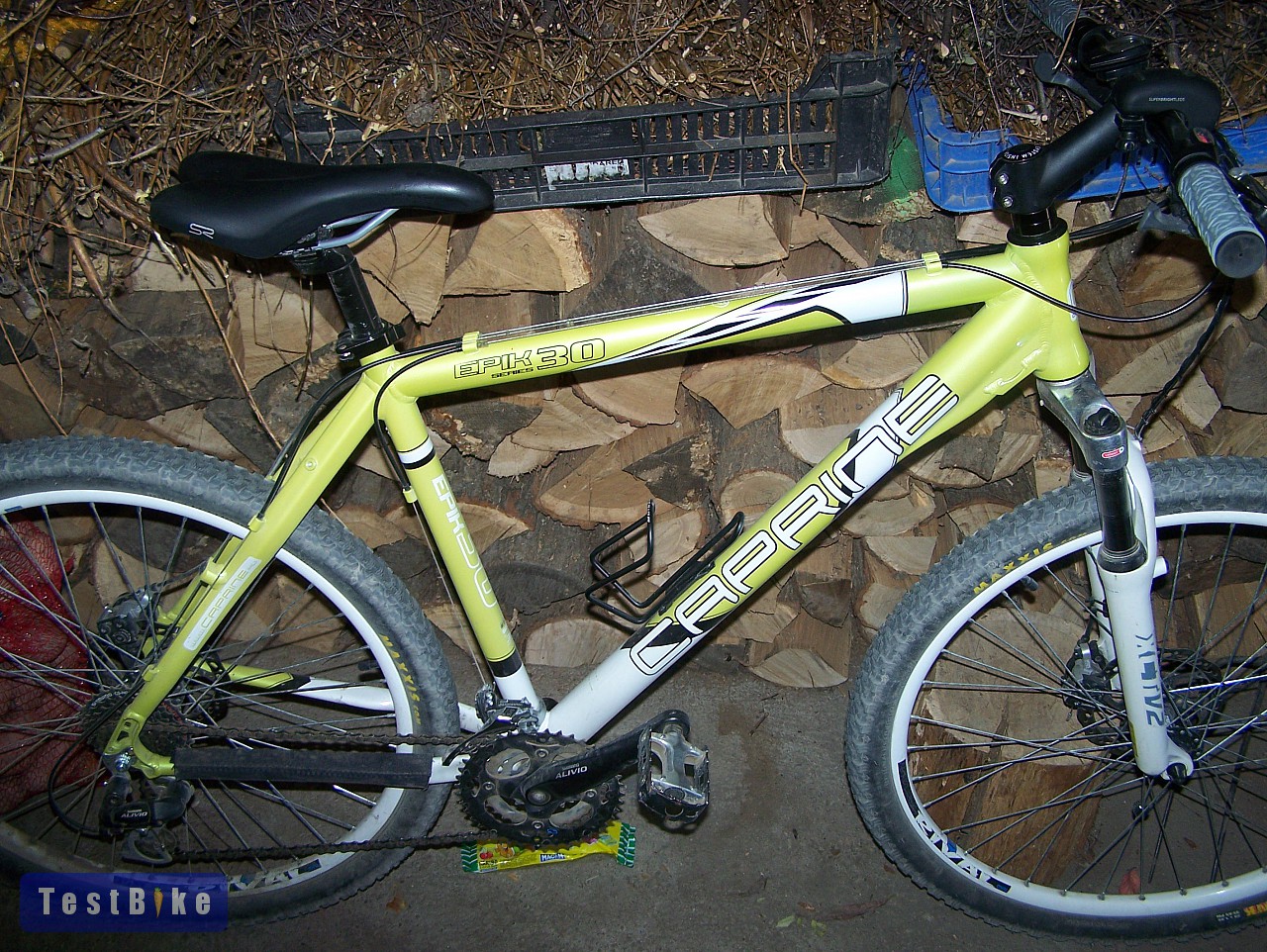
This allows clients to receive bulk testing of same species (from the same. An accession is defined as samples from the same animal / herd / flock, originating from a single animal owner, submitted for the same condition, collected at the same time. Since LF is used today as fortifier in many products, like infant formulas and exerts many biological functions in human, the structural changes, iron binding and release affected by pH and thermal denaturation temperature are important factors to be clarified for more than the bovine species. All Tests (556) An accession fee of 8.00 is applied to each accession/case, not each specimen. This was supported with a loss in α-helix structure together with an increase in the content of unordered (aperiodic) structure, while β structure seemed unchanged at all pH values. At the same time a gradual unfolding of the apo and holo forms of both cLF and bLF was shown by maximum exposure of hydrophobic regions at pH 3.0. A significant loss in the iron content of both holo and apo forms of the cLF and bLF was observed when pH was decreased from 7.0 to 2.0.
#CAPRINE FORM HOW TO#
There are instructions on how to use the risk assessment and some guidelines of DVT in the text below the form. Both apo and holo forms of cLF and bLF were found to be most stable at pH 7.0. This Caprini score for DVT calculator stratifies risk for deep vein thrombosis and subsequent complications in surgery patients based on risk factors. When pH was gradually reduced to 3.0, the T (m) values of both holo bLF and holo cLF were reduced showing T (m) values of 49 ± 1 and 40 ± 1☌, respectively.

The holo form was much more stable than the apo form for the bLF as compared to cLF.


The bovine lactoferrin (bLF) showed highest thermal stability with a T (m) of 90 ± 1☌ at pH 7.0 whereas caprine lactoferrin (cLF) showed a lower T (m) value 68 ± 1☌. Apo and holo forms of lactoferrin (LF) from caprine and bovine species have been characterized and compared with regard to the structural stability determined by thermal denaturation temperature values (T (m)), at pH 2.0-8.0.


 0 kommentar(er)
0 kommentar(er)
